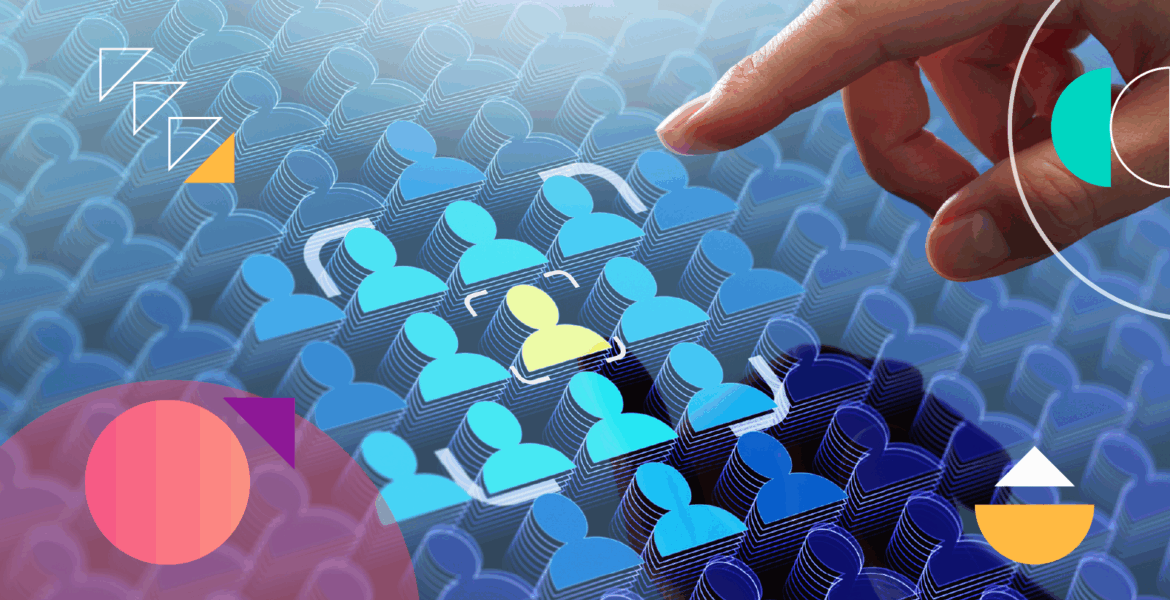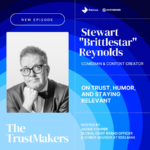By Bhargav Patel, CEO and Founder at Genuin
The next big advantage in adtech isn’t a new channel, a smarter bid algorithm or another “AI-powered” dashboard. It’s the ability to connect every consumer touchpoint into one seamless, continuous story.
I call this contextual continuity. It’s what happens when every ad, piece of content, product recommendation, and interaction works together in real time for the individual, not the average. Here’s the reality: third-party data is fading, walled gardens are locking up, and AI is rewriting the rules faster than anyone can keep up. For marketers, publishers, and product leaders, this isn’t just an opportunity. It’s survival, and it’s about to become the make-or-break factor for growth.
Contextual continuity is the ability to deliver a connected, personalized experience to a consumer everywhere they interact with your brand. This means both onsite and offsite. It keeps relevance intact from the first touchpoint to the last step in the journey, and even beyond.
This goes well beyond basic contextual targeting. Picture this: a shopper watches a video on a retailer’s product page. They then see related videos they can like, comment on, or share, or even join a community tied to that category or interest. Later, they encounter a related video on a publisher’s carousel or another brand’s site, and it feels like the natural next step. Every interaction builds on the last. None of it feels random.
Why Your Current Setup of Curation Breaks Context
First-party data alone won’t cut it anymore. But when you combine it with zero-party data, the information that a consumer willingly shares with your brand, you can finally deliver experiences made for individuals, not generic segments. Zero-party data is the engine for contextual continuity, enabling personalization without crossing privacy lines. Most of the industry is still stuck in an outdated model.
Walled gardens lock up the best engagement data and sell it back through their own tools. Fragmented tech stacks scatter signals across media buying, data management, content, and product systems, breaking consistency. Outdated personalization relies on stale behavior data and fails to adjust in real time. Siloed teams chase their own KPIs, overspend, and waste impressions — leaving customers with a disjointed experience.
AI Makes This Possible
AI isn’t just about producing content faster or targeting ads more cheaply. Its real value is in a feedback loop that creates new content, adapts it based on what works, and orchestrates delivery across channels.
This means AI can connect the dots across every channel to:
- Track each customer’s journey and update context instantly
- Adapt content to where the customer is in the journey
- Deliver the right content in the right format across platforms
Think of it like a personal curator for every user. The story never breaks, the tone stays consistent, and the path leads naturally to a purchase, subscription, or repeat visit. The bigger shift is that AI should not just power a brand. It should protect it. Too many companies use AI to churn out content, automate replies, or push recommendations. It works, but it often feels transactional or cookie-cutter. Protected with AI means orchestrating, filtering, moderating, and curating in ways that safeguard trust, community health, and the consumer experience. Done right, it amplifies a brand’s vibe and preserves authenticity instead of drowning it in generic AI output.
Now is the Time to Curate for Consumers
Marketers are being told to deliver better results with less data and smaller budgets. Retailers and publishers are expected to grow revenue without hurting the user experience. But is today’s version of curation actually doing that… or just adding another adtech tax?
Contextual continuity solves both challenges. For retailers and publishers: It keeps people engaged longer, increases impressions, and unlocks new revenue opportunities. For marketers: It improves media efficiency and cuts wasted spend. For advertisers: It delivers more relevant reach wherever the consumer goes and for consumers: It reduces intrusive, irrelevant ads and replaces them with content they actually care about. Is there such a thing as a win-win-win-win?
It’s About Ownership, Not Outsourcing
Privacy rules are getting stricter and third-party cookies are disappearing. Moving from tracking what people did in the past to personalizing based on what they’re doing right now is no longer optional. Getting to true contextual continuity requires alignment across four areas:
- Data strategy: Collect zero-party data by offering clear value in exchange for information
- Technology orchestration: Use AI as a core layer that learns, adapts, and connects experiences
- User experience: Design for the full journey, not channels, and break down silos across teams and vendors
- Placement strategy: Create and aggregate assets that can be reused across contexts, from social channels and partners to creators, influencers, and consumers
The goal is to build the infrastructure that lets content, connection, community, curation, and commerce reinforce each other. Contextual continuity isn’t a trend. It’s AdTech 3.0. It applies to both established and emerging brands, and the ones that master it now will own the next decade.











